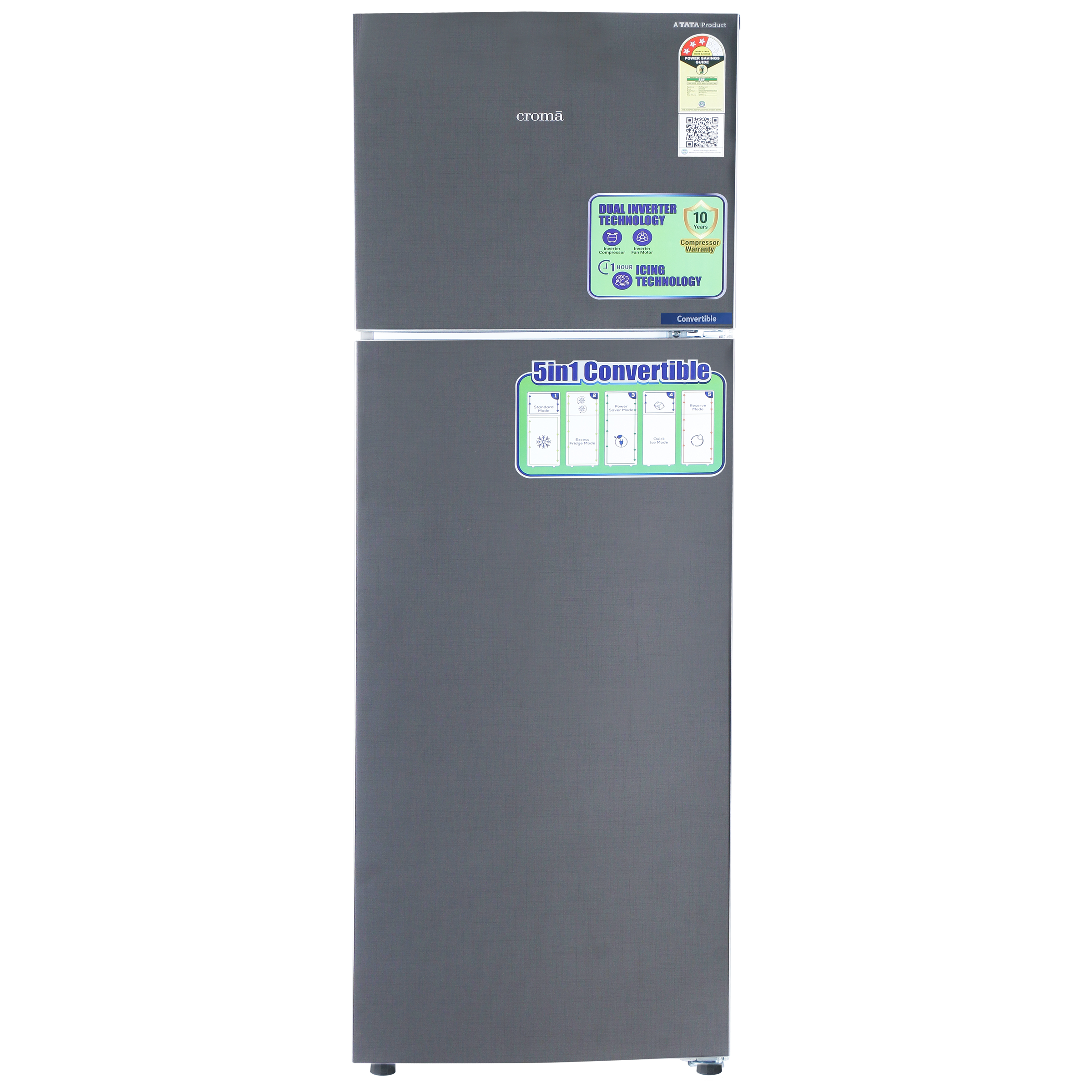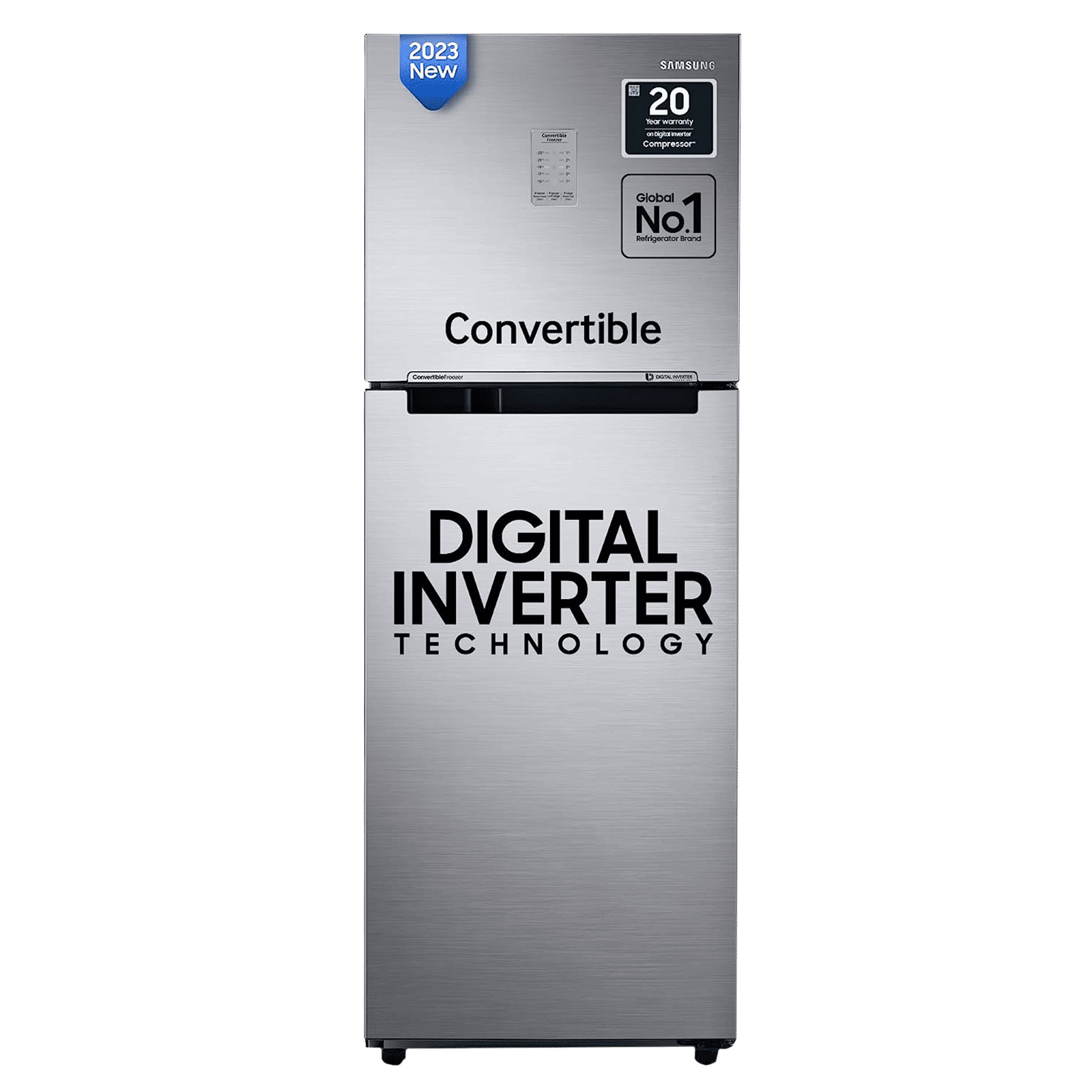If you’re in the market for a new refrigerator, there is one important feature that you should keep in mind before completing your purchase. Defrosting of the freezer is a key factor that can be included in the features in the form of auto-defrosting functionality. Auto-defrost definitely provides convenience and ease of use to fridge owners, but manual defrost options also come with a few advantages. Today, we explore the various advantages and disadvantages of automatic and manual defrosting in refrigerators.
However, before we get to the details, it’s important to understand what ‘frost’ is and how it affects the freezer of your refrigerator. Frost is formed when moisture enters the freezer compartment, and is cooled to below freezing temperatures. Moisture can enter through frequent opening and closing of the door or even a faulty gasket which doesn’t ensure a proper seal when the door is closed, and this causes ice buildup along the edges of the freezer.
Frost is best removed, since it can damage the fridge, cause items placed inside to freeze in place and become difficult to move, and reduce the usable space in the freezer, among other things.
Frost free vs manual defrost: Which is better?
Frost buildup in your freezer needs to be removed – either regularly or periodically depending on the fridge and its features. The key difference between auto-defrost or frost-free and manual defrost is in how this frost is removed.
Convenience: As the name suggests, auto-defrost or frost-free refrigerators are much more convenient than manual defrost fridges. The refrigerator has features and components such as sensors and heating coils, which operate at regular intervals to cause frost to melt away without affecting the overall temperature in the freezer too much. The melted water flows down into a drip tray, where the exterior heat generated by the fridge itself causes it to evaporate gradually. Naturally, this means that you don’t have to worry about the frost build-up.
Manual defrost fridges do not have this functionality, and you’ll have to remove the frost manually every few days or weeks. One way to do this is to switch off the freezer for some time, which will raise the temperature and cause the frost to melt and drain away. You’ll also have to ensure your food doesn’t spoil while the freezer is switched off. Alternatively, you may need to chip heavy frost build-up away by hand, but this is a much more labour-intensive process.
Energy use: The convenience of frost-free fridges comes at the cost of more energy use. The components required to make frost-free functionality work use more energy, as does bringing the freezer back to a stable temperature below freezing point after the frost-free functionality has done its job.
ALSO READ: Evolution of refrigerators: From western imports to modern smart refrigerators
Manual defrost fridges use less power since they don’t have to power these components and functions. Additionally, the process of manual defrosting involves powering down the fridge for a while, which itself will save on energy cost.
Cost: Frost-free refrigerators cost more than manual defrost fridges, given the convenience of the feature and additional components. Also, most large fridges come with this as a default option, which itself increases the cost of the appliance.
Manual defrost fridges cost less and are simpler and easier to repair, making them much more affordable to purchase and maintain in the long run. Many small fridges have a manual defrost option, which ensures they remain affordable for buyers who might face constraints when it comes to space or energy consumption.
There you go. This was the frost free vs manual defrost showdown that explains the exact difference between the two. So, which is your choice out of the two? Do let us know in the comments below.
Unleash your inner geek with Croma Unboxed
Subscribe now to stay ahead with the latest articles and updates
You are almost there
Enter your details to subscribe

Happiness unboxed!
Thank you for subscribing to our blog.
Disclaimer: This post as well as the layout and design on this website are protected under Indian intellectual property laws, including the Copyright Act, 1957 and the Trade Marks Act, 1999 and is the property of Infiniti Retail Limited (Croma). Using, copying (in full or in part), adapting or altering this post or any other material from Croma’s website is expressly prohibited without prior written permission from Croma. For permission to use the content on the Croma’s website, please connect on contactunboxed@croma.com
- Related articles
- Popular articles















Ali Pardiwala
Comments